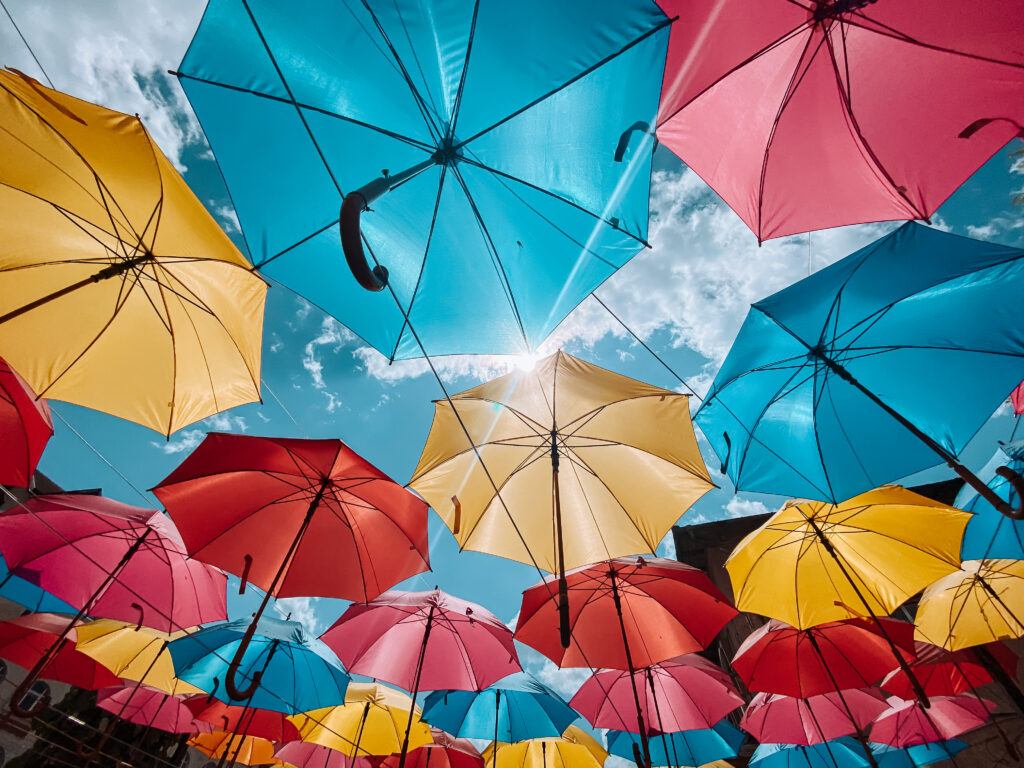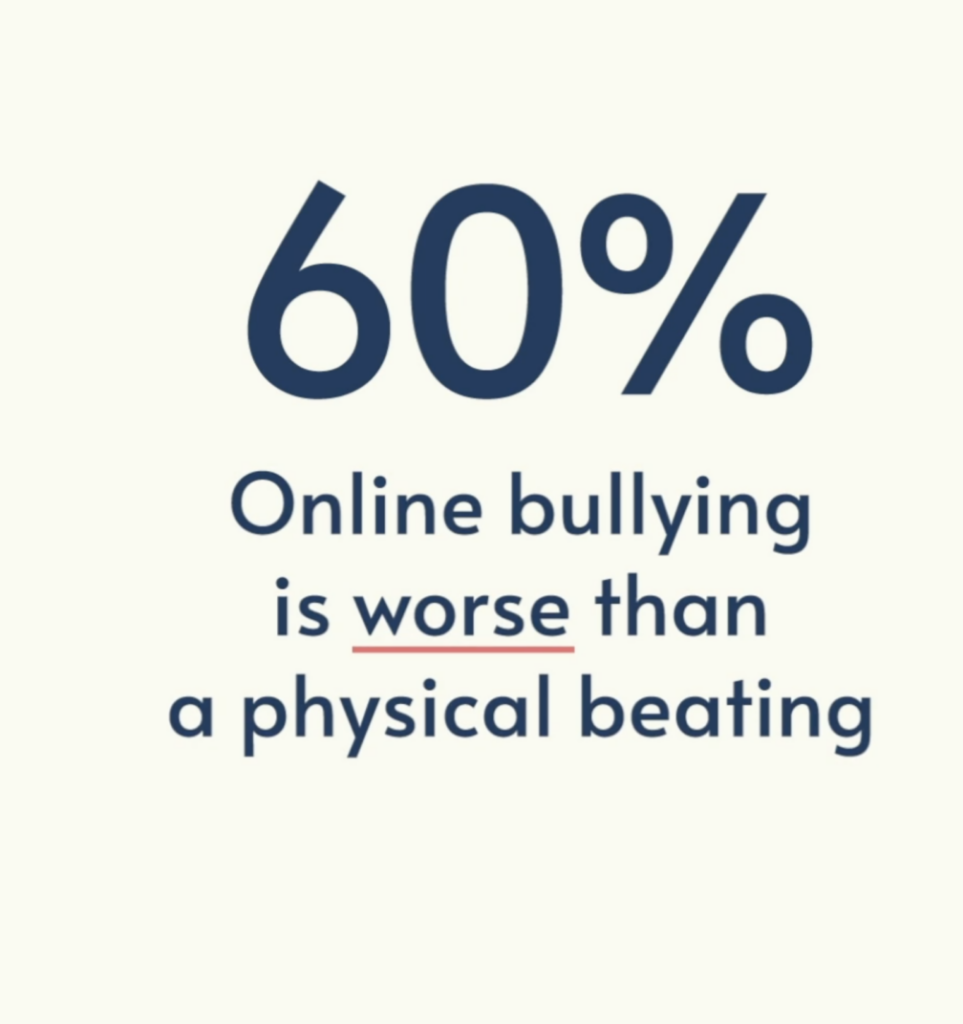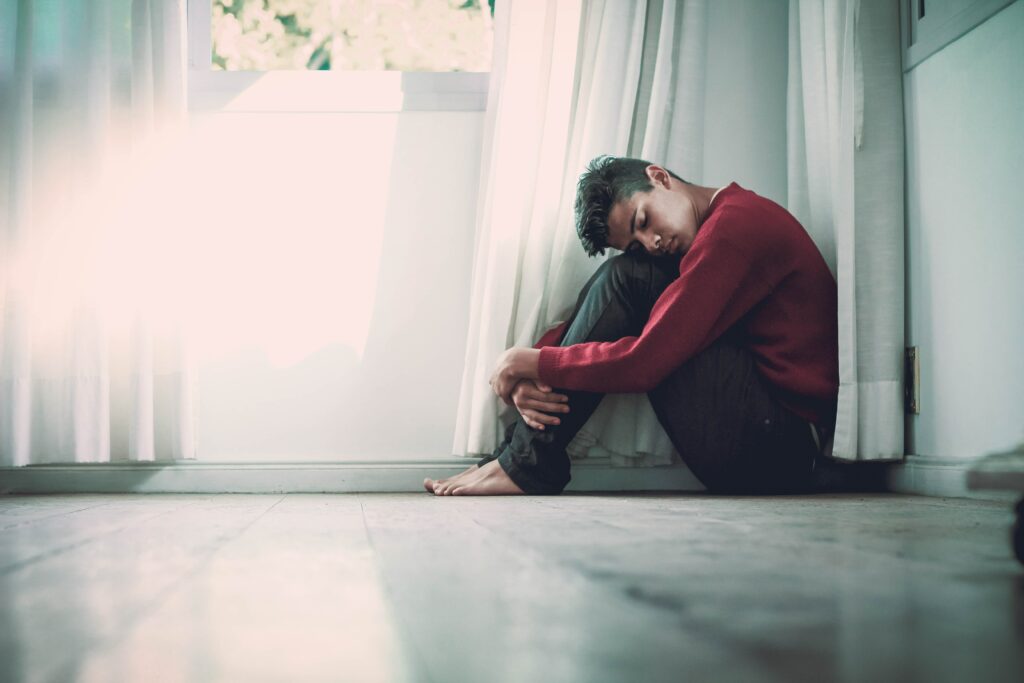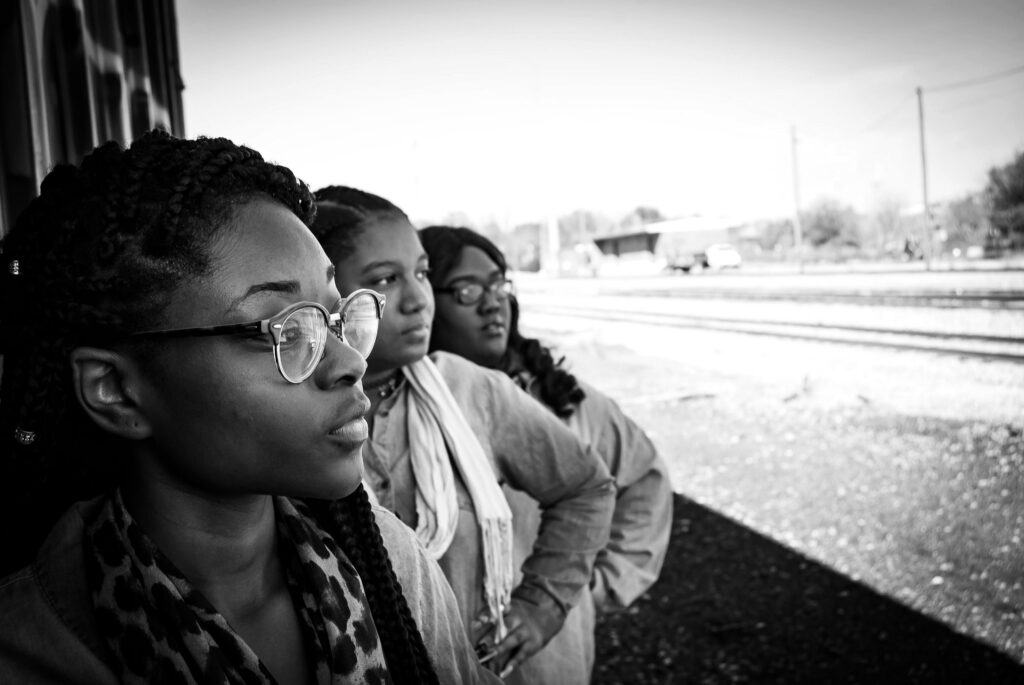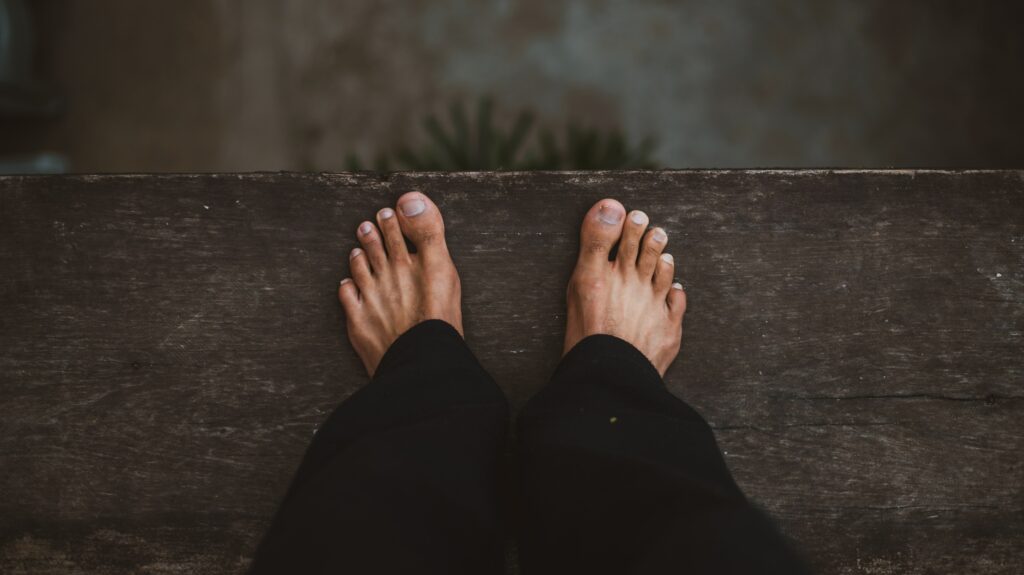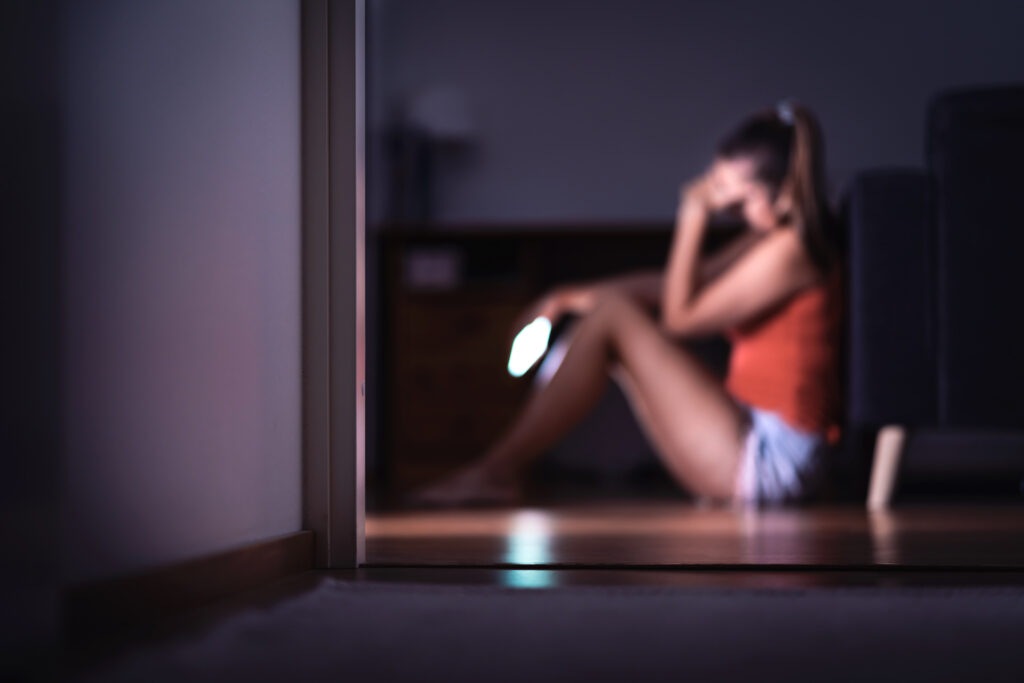Suicide Awareness Month – Unpacking the Complex Digital Landscape
As we observe Suicide Awareness Month this September, the relentless pressures of the digital world, from comparison culture to cyberbullying, contribute significantly to rising rates of anxiety, depression, and, tragically, youth suicide. It’s time to confront these complexities head-on, offering a deeper understanding and proactive solutions to support our youth. Understanding the emotional landscape of […]
Suicide Awareness Month – Unpacking the Complex Digital Landscape Read More »

